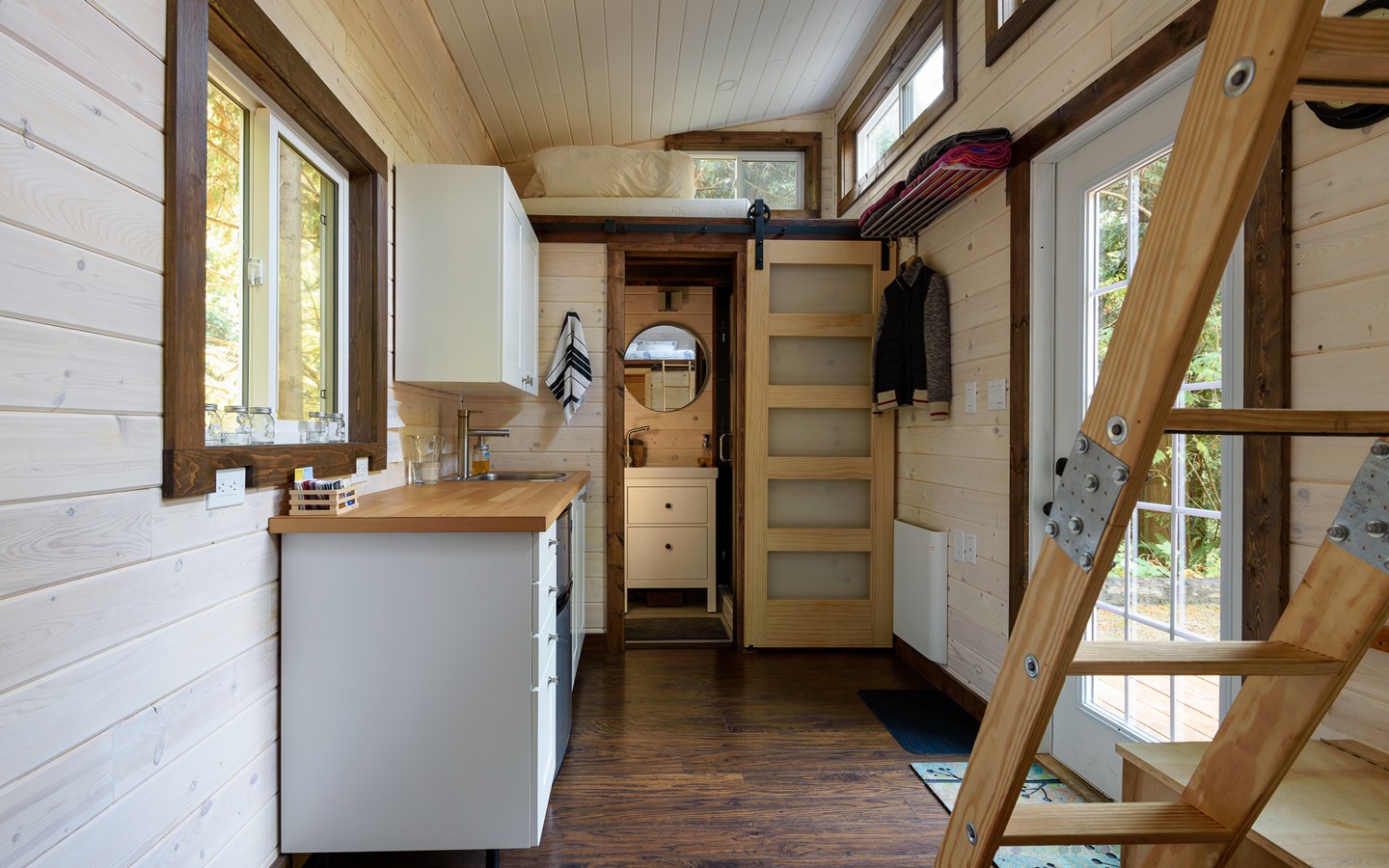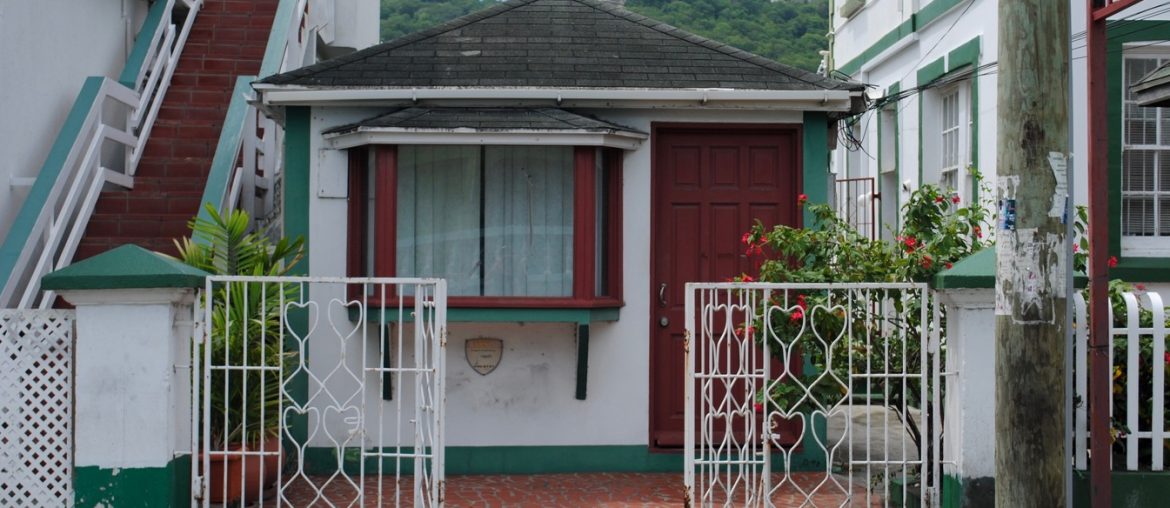The global housing crisis, which began in 2008, is still a major issue that is yet to be resolved. According to the World Economic Forum Report ‘Making Affordable Housing a Reality in Cities’, more than 30% of all the urban population in the world, about 2.5 billion people, will live in substandard housing conditions or will be financially stretched by the year 2050. The housing crisis affects every aspect of people’s lives and drastically reduces the quality of life. In such times, where affordable housing is becoming rarer, many are looking at micro homes as a potential solution. While there are plenty of benefits of micro homes, can they really help people get out of this crisis?
What are Micro Homes?
Almost all of us are quite familiar with the word ‘Micro’; it means, smaller than small or tiny. And as the word implies, micro homes are tiny living spaces that contain all necessary aspects needed for sustainable living conditions. The ‘Tiny House Movement’ considers any residential space less than 400 sq. ft. to be a micro home. However, even a 500 sq. ft. home can also be considered a micro home. Objects such as a bed, a toilet, and even a cooking area are packed into these small homes for living.
Benefits of Micro Homes

The reason why economists are looking to micro homes as a potential solution to the global housing crisis is because of all its benefits. With the continuous rise of housing costs and a reduction of the available space for urbanization, micro homes pose a strong case for themselves.
-
Affordable
One of the major reasons behind the global housing crisis we are facing today is the uncontrolled rise of housing cost. Whether it’s buying, building, or even renting, the middle and lower-middle class are being stretched thin trying to afford it. Even 3D printed homes, with all their merits, are often out of reach. On the other hand, micro Homes are very economical. They don’t cost a lot to build; which also makes buying or renting them quite affordable.
-
Require Less Space
While the need for less space is one of the most obvious benefits of micro homes, it is nonetheless one of the major ones. Land is a very limited resource, especially in urban areas. Unimaginably tiny spaces can be transformed into wonderful living spaces for people. Even as tiny as a 13 sq. ft. space can have all the basic items necessary for sustainable living.
-
Unique Designs
The Tiny House Movement is on the verge of revolutionizing the housing industry. It has opened a new door for architects, interior designers, and engineers to think outside the box and innovate. Extraordinary and unique designs are being thought of every day. An unspoken competition has begun to see who can create the most beautiful and functional micro home.
-
Less Upkeep
Micro homes have very little items within their confines. Fewer things also mean less cleaning, less decorating, and less upkeep. While it might take more than a good hour to clean a traditional average-sized home, micro homes can be cleaned very quickly. It doesn’t take a lot of effort to keep a decluttered and tidy home.
-
Impact on the Environment
One of the more under-utilized benefits of micro homes is its reduced impact on the environment. These types of homes use significantly less energy and water than their larger counterparts. Furthermore, it also takes very little material to build homes. And since there’s less energy consumption, there’s also less energy wastage. Micro homes are quite eco-friendly. The very nature of these homes help reduce a person’s carbon footprint.
Now that we have gone through some of the major benefits of micro homes, can we say that they are the solution to the global housing crisis? We certainly hope so. Micro homes are one of the most viable solutions to providing less-expensive and sustainable living conditions to people. And while the use of such homes is on the rise, we look forward to the day when every nation embraces micro homes as a potential solution to the crisis.




